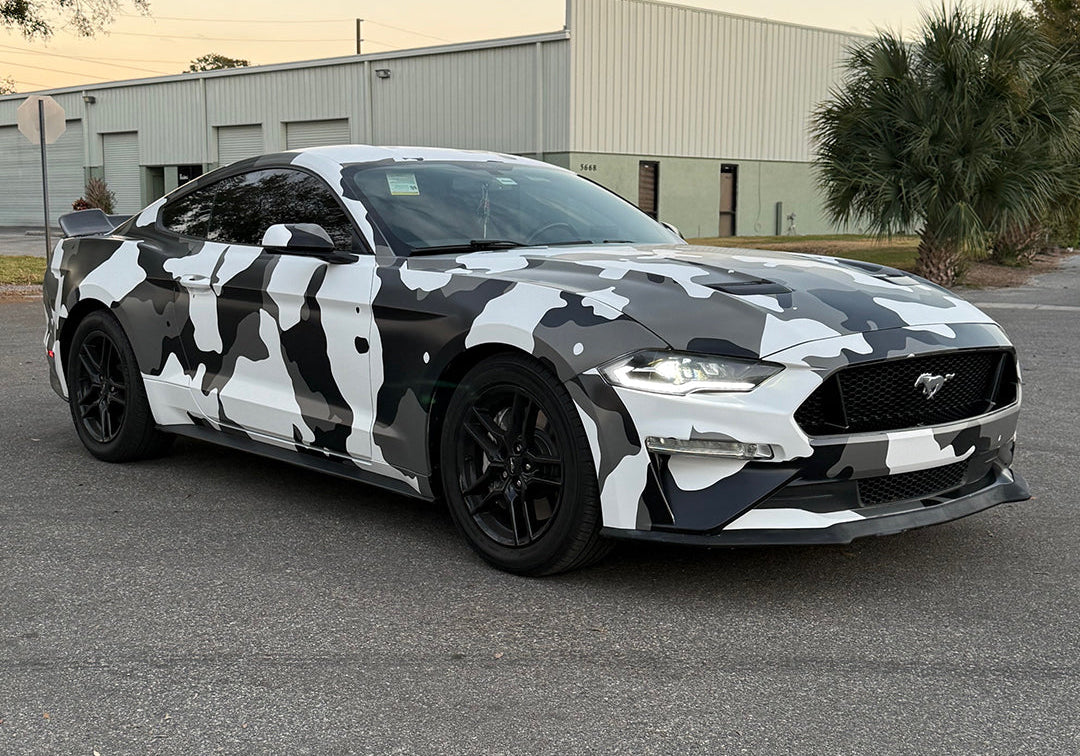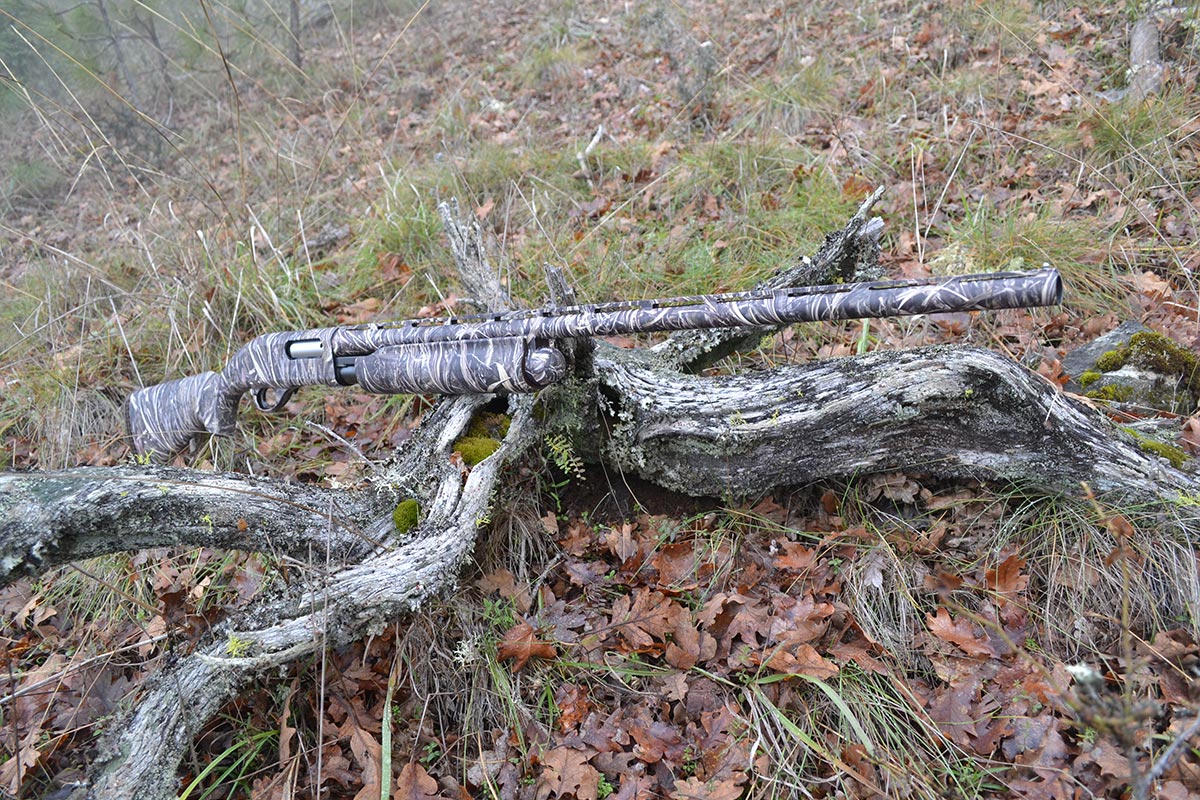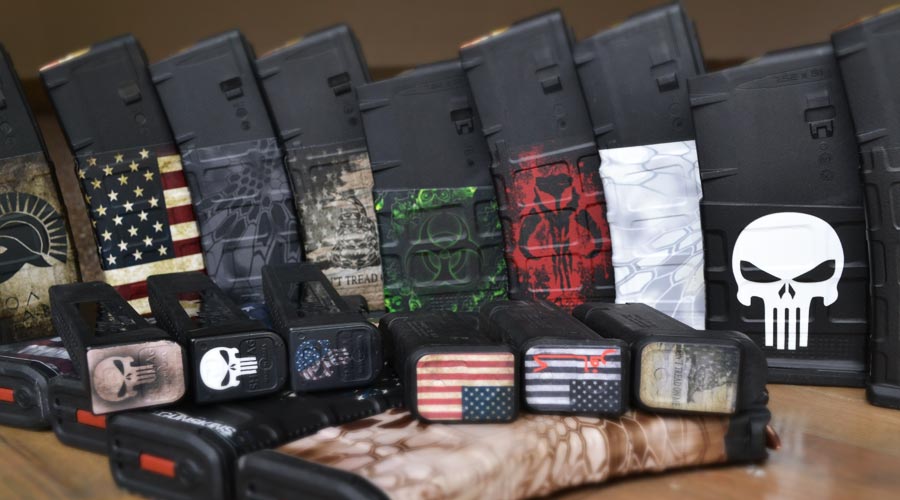If you don’t know how far your target is, you’re probably not going to hit it. Rangefinding optics is an essential tool for delivering accurate and precise shots at long ranges. You don’t need a dedicated electronic rangefinding scope. Many modern scopes have reticles that can give you reliable estimations on distances using simple methods and equations.
Terminology
Words are hard. Especially when it has to do with firearm terminology. If you’re not experienced, overhearing a conversation about scopes in a gunshop can sound like a foriegn language. There are a ton of initialisms, acronyms, and phrases.
Here is a basic guide to optics terminology for reference. Keep in mind that there are far more terms than what is listed here. These are just some basic ones to get you started.
The Basics
-
Eye Relief: The distance your eye must be from the scope lens in order to maintain a clear sight picture. Eye relief is very important to consider when choosing an optic for any given rifle. Generally, the larger and more powerful the caliber, the longer eye relief you’ll want.
-
Zero: The point at which your sights are correctly adjusted to your desired distance. Typically, most rifles are zeroed at 100 yards, but this is dependent on user preference.
-
Field of View: The size of the viewing area from the view of the lens from left to right. It’s usually described in feet.
- Power: The amount of magnification compared to the human eye. A 3-power optic, for example, has a magnification that is three times the power of your normal sight.
Advanced
-
MOA: Minute of angle is a unit of measurement of a circle used for the accuracy potential of a rifle. If a rifle is capable of one MOA, it will fire within approximately a one inch group at 100 yards. The group will spread about one inch more for every additional 100 yards of distance.
-
Parallax: It is often described as a sort of optical illusion that gives the shooter the visual impression that the reticle is floating or wandering over the target. Parallax usually comes into play at longer ranges.
-
Point of Impact: Where rounds are actually landing in relation to where the reticle is resting. Point of impact can be affected by many things like wind and ambient temperature.
-
Exit Pupil: Determines how much light is projected through the optic to your eye and how much power the optic can have. Larger exit pupils are better for low light conditions because they gather more light for a clearer image.
- Holdover: Positioning the crosshairs above your target to compensate for bullet drop caused by gravity. Your holdover is dependent on how you have zeroed your optic and the distance of the target.
Types of Scopes
There are all kinds of magnified optics on the market, but it’s up to you to figure out what suits your needs best. Some scopes are more capable and have more advanced reticles for more precise rangefinding, but they often have a higher learning curve.
Simpler optics are great to start off on to learn the basics of rangefinding and estimations. Many optics are deceptively simple and can appear not to have rangefinding capabilities when they actually do. You just have to read the scope’s manual and find out what reticle elements can be used for measurement.
To blend with your surroundings, you’ll want to make sure you camouflage your scope. You also may want to cover your scope to look like your gun. No matter the physical dimensions, GunSkins has a skin that will match your optic perfectly.
Fixed Magnification
Optics with fixed magnification have only one magnification setting, and they cannot be adjusted. If you buy an optic with 4x magnification, that is where it will be stuck at. These types of optics have their pros and cons.
Usually, fixed-mag scopes are shorter than variable optics, allowing more rail space to be saved for other accessories. They are also typically lighter in weight.
Another benefit to them is their inherent simplicity. There’s nothing to adjust besides initially zeroing the rifle when you put it on. After that, you don’t have to worry or think about anything.
When it comes to rangefinding, the advantage of having a fixed magnification is consistency. There are no surprises waiting for you when acquiring a target. Every time you look through a fixed magnification optic, you know what to expect with your sight picture.
Fixed-mag scopes do have their limitations, though. Whatever your optic’s power is, that’s what you’re stuck with. When figuring out how far away a target is, zooming in with a higher magnification setting can make a huge difference.
They are usually better at transferring light because of their designs having fewer glass pieces. Because of this, it’s easier to make them more rugged and reliable compared to variable optics with more moving parts.
Variable Magnification
Variable power optics are much more common on rifles intended for long-range. It’s much easier to identify target distances with them. Optics like these vary wildly in price and magnification.
Most, however, do come with reticles that assist in rangefinding, but they take some learning and practice. Longer range scopes are typically heavier than fixed-mag optics, and they take up more rail space. No matter how much space it takes, it can always be camouflaged in a GunSkins wrap.
Variable scopes are very versatile, and there are many kinds for different applications. Something that can switch from one power to four power, like an ELCAN, is great for recreation and tactical training.
Others, like a traditional scope, are more practical for hunting and target shooting. Luckily, optics have gotten very good.
Different Reticles and How To Use Them
There are all kinds of reticles out there, and they come in many different styles. This can be seen from a couple of different perspectives. You might be overwhelmed and frustrated with how many there are, or you could see it this way; there is a reticle out there that will fit you perfectly. You just have to look for it.
Basic Crosshairs and Red Dots
The basic set of crosshairs on any given optic, magnified or not, is pretty much useless for rangefinding because of the lack of additional elements like hash marks and dots. These types of reticles are found on very old optics or ones that are intended for short-range weapons.
Some holographic sights do have fairly sophisticated reticles, but virtually none of them are useful for rangefinding. You can buy a magnifier, but that doesn’t help the other inherent problems with these types of sights.
Some optics have what appear to be simplistic sights that don’t have any rangefinding capabilities, like some of the ACOG scopes. The common Chevron reticle is deceptively simple but is capable of range estimations on human-sized targets at up to 800 meters.
When the sight is zeroed at 100 meters, the width of the base of the Chevron is 19 inches at 300 meters. Based on the average height of a person being 5’10”, if the man-sized target can fit within the vertical line up to the dash marked “4,” you can estimate that the target is 400 meters away.
If the target can fit within the dash marked “6,” you can estimate the target at 600 meters and so on. Other more advanced reticles account for running targets and wind.
Mil-Dot
It’s very common to find mil-dots on long-range reticles. The dots or hash marks on the reticle are important, but the spacing between them is even more important. The most common sights that use mils have dots.
The individual spaces between the dots are one “mil” each. The dots, if etched correctly, should be 0.2 mils in width and height. When it comes to ranging any target, the most important thing to know first is the size of your target.
If you can’t tell if the steel plate you’re aiming at is one foot tall or five feet tall, the rangefinding marks on your reticle are basically useless. Everything is dependent on knowing the size of your intended target.
As an example: If your target is 45-inches tall and takes up 3.3 mils in height on your reticle, your target is approximately 379 yards away. Wherever the size of the target is in inches, divide it by 36 and multiply it by 1000. Then, divide the total by how many mils the target takes up in the scope.
Rangefinding with the mil-dot system takes practice. When you’re first trying it, take a notepad and pen with you to write out the equation. There are even “cheat sheets” you can buy or print out that have number tables for you.
Christmas Tree Style
Scope reticles, unfortunately, are not uniform across brands and models. There are many kinds of reticles that have rangefinding capabilities, but there are so many unique kinds. The “Christmas Tree” style is very popular and can be found in many long-range scopes.
They provide reference marks for windage holdovers. Some may find these types of reticles distracting, but you need to figure out if it's something you think you would benefit from.
Fire, Fire, Fire, Hit!
Rangefinding scopes are fun to use and really come in handy for those longer shots. The key is to understand your particular reticle and knowing the size of your target. If you understand these two things, the only thing left to do is practice. Don’t forget to protect your rifles with a GunSkins skin wrap!
Sources:
Mil-Dot Made Easy | Guns America Digest
Optics Buying Guide: Holographic and Red Dot Optics | Guns America Digest








1 comment
I have 6-24-50 vlife I want to know how to use it